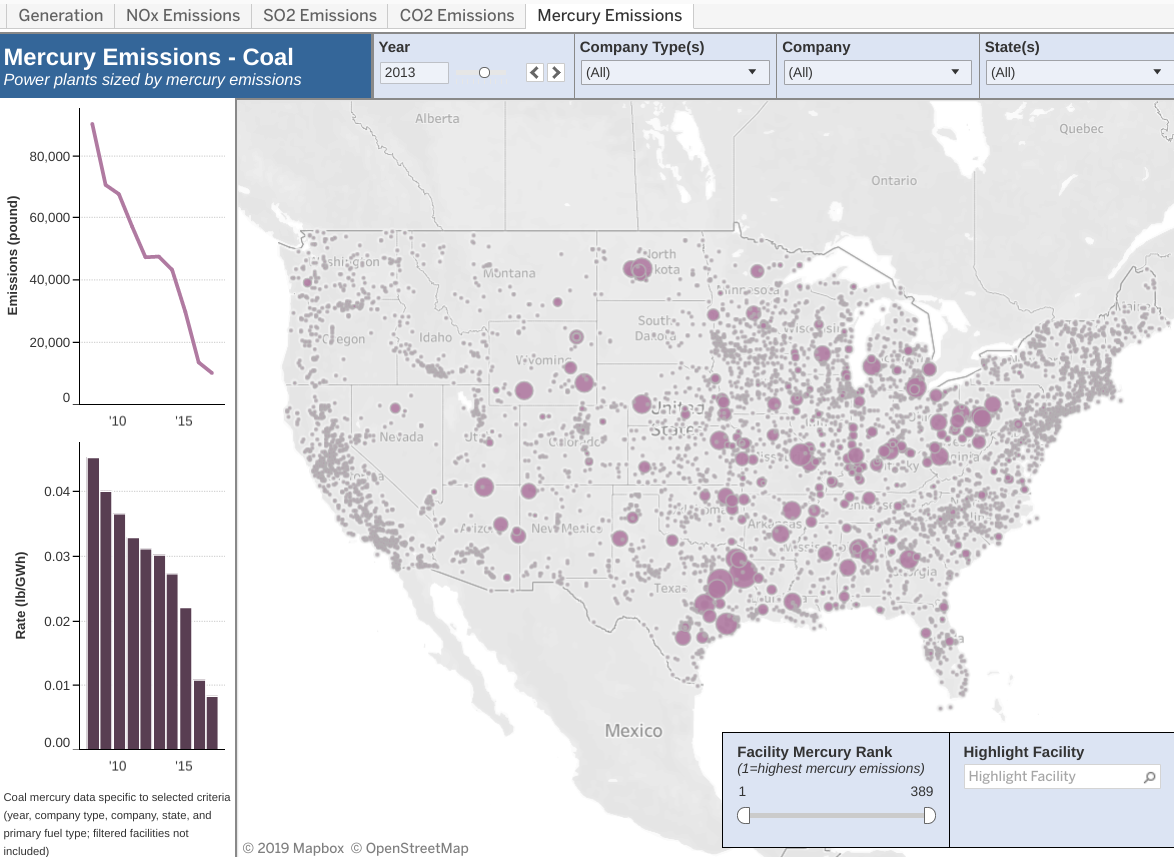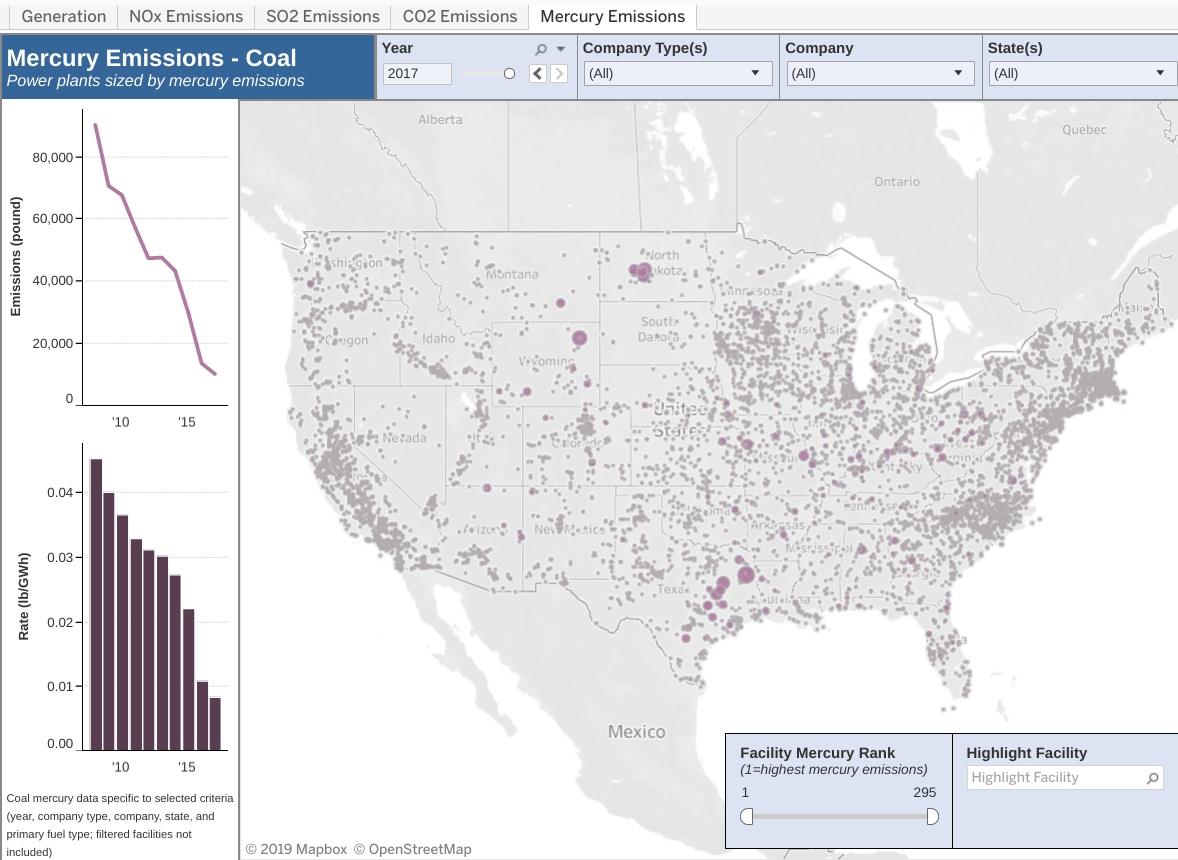Dive Brief:
- The U.S. Environmental Protection Agency on Thursday finalized its conclusion that regulating mercury and other pollutants from power plants is not “appropriate and necessary.”
- Its decision does not revoke the MATS standard, but rather withdraws the agency’s previous legal justification for enforcing the rule. EPA’s move to reject the value of co-benefits — reductions in other pollutants not directly covered by MATS and a key part of the original cost-benefit calculus — is expected to limit the agency’s future ability to limit other pollutants.
- “Under this action, no more mercury will be emitted into the air than before,” said EPA Administrator Andrew Wheeler in a statement. But the utility industry and environmental groups uniformly opposed the agency’s move, with a utility group noting the sector has already invested billions of dollars to comply with those standards.
Dive Insight:
In 2015, MATS was the subject of a landmark U.S. Supreme Court decision that ordered the EPA to more thoroughly examine the costs associated with enforcing such regulations. A later D.C. Circuit ruling upheld the EPA’s ability to enforce the rule, as long as the agency properly analyzed compliance costs associated with those regulations.
EPA found that asking coal and oil-fueled power plants to comply with the Obama-era Mercury and Air Toxics Standards (MATS) would cost $7.4 to $9.6 billion annually.
“EPA is following through on the Supreme Court’s direction and correcting the previous Administration’s flawed cost finding in its original rule,” said Wheeler.
The MATS rule has been credited with taking large swaths of the coal fleet offline and reducing mercury emissions, acid gases and other hazardous air pollutants as a result. EPA has estimated the rules will prevent up to 11,000 deaths and collectively the electric power industry has reduced mercury emissions almost 90% since 2010, according to investor-owned utility trade group Edison Electric Institute (EEI).

Mercury emissions from coal plants in 2013, two years before the MATS rule took effect.

Mercury emissions in 2017, two years after the MATS rule took effect.
Because the vast majority of power plants that violated these regulations have either shut down or been retrofitted with pollution controls, industry, led by EEI, in July 2018 asked the EPA to keep the rule in place. EEI stands by that request, saying the industry prefers consistency.
“The electric power industry collectively has invested more than $18 billion to install pollution control technologies where needed, and EEI’s member companies have fully implemented the MATS rule and will continue to operate those pollution control technologies,” EEI spokesperson Brian Reil said in an emailed statement. “The repeal of the underlying legal basis for MATS introduces new uncertainty and risk for companies that still are recovering the costs for installing those control technologies.”
The concern now, according to legal experts, is that undermining the rule’s basis could leave it vulnerable to future court challenges. Some fossil fuel groups say that’s a good thing, and hope this ruling sets a precedent for other rules.
“While the coal-fueled plants that were forced out of operation by this illegal rule can’t be resurrected, it’s an important lesson for the future. No rule should be justified on co-benefits alone, and regulation should never be used as a weapon to manipulate the energy market,” the National Mining Association said in a statement. “We’re pleased to see this return to reason from the EPA and hope it sets the standard for a more balanced approach in the future.”
The Trump EPA was also criticized in its initial proposal for including outdated sunk costs in the proposal, rather than including more up-to-date cost-benefit analyses. The agency estimates that MATS saves just $4 million to $6 million annually, while the Obama EPA pegged the annual benefits at up to $90 billion per year, largely due to the reductions in particulate matter and other pollutants not directly covered by the rule.
Not considering co-benefits from these regulations puts human health and the environment at risk, say health organizations and environmental justice groups. Mercury is a potent neurotoxin that has been proven to be particularly harmful to pregnant women and children, and changing the formula for the MATS rule could undermine the benefits of it and other clean air rules in the future.
Several health organizations and environmental groups protested the EPA’s decision, particularly in light of the COVID-19 health crisis.
“Andrew Wheeler’s attempt to undercut the basis of Mercury and Air Toxics Standards reminds us that not even a global pandemic will stop him from being a coal lobbyist in an EPA Administrator’s suit,” Michael Brune, executive director of the Sierra Club said in a statement. “There is genuine fear and concern rolling through the country right now, but all Wheeler can think about is lining the pockets of his former coal employers and further endangering communities already at high risk to COVID-19.”
“Rather than uphold its mission to protect the environment, today the EPA announced a rule that could erode public health and set a dangerous precedent. The agency rejected scientific evidence showing that limits on mercury and air toxics are ‘appropriate and necessary’ to protect health, claiming that the costs of the standards outweigh the benefits. This is wholly inaccurate,” a group of 21 health and medical groups, including the American Lung Association said in a statement.
The move joins a number of recent decisions by the EPA around air quality standards. Earlier this week, the agency proposed to keep particulate matter standards the same, despite outcries from legal and health experts, and in March the agency set new rules to weaken Obama-era vehicle fuel efficiency standards.
Original source: Utility Dive